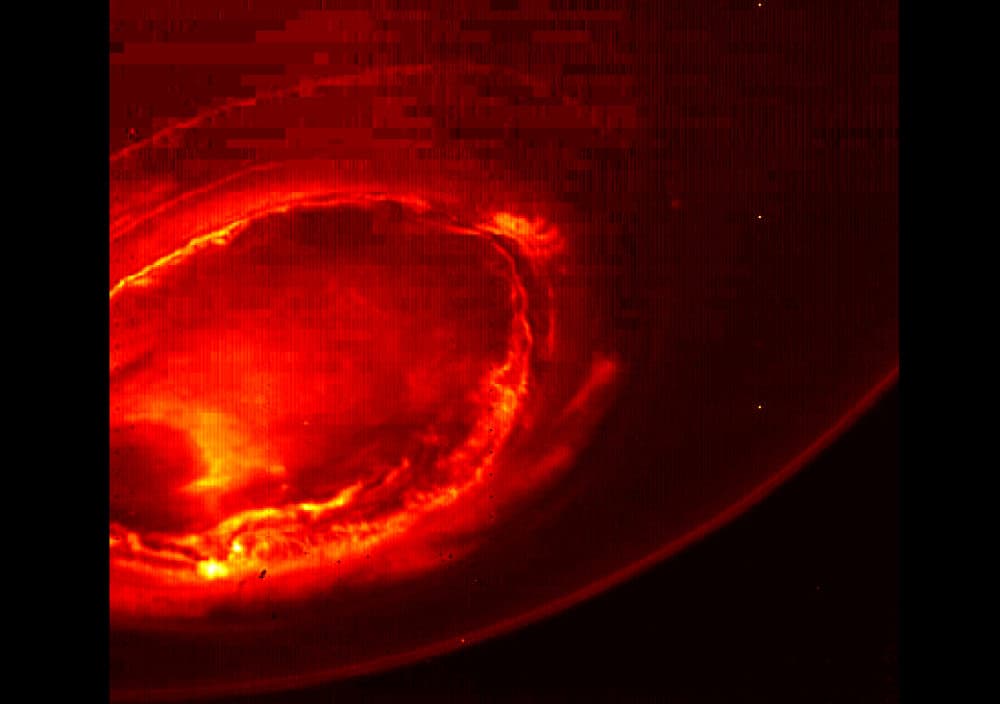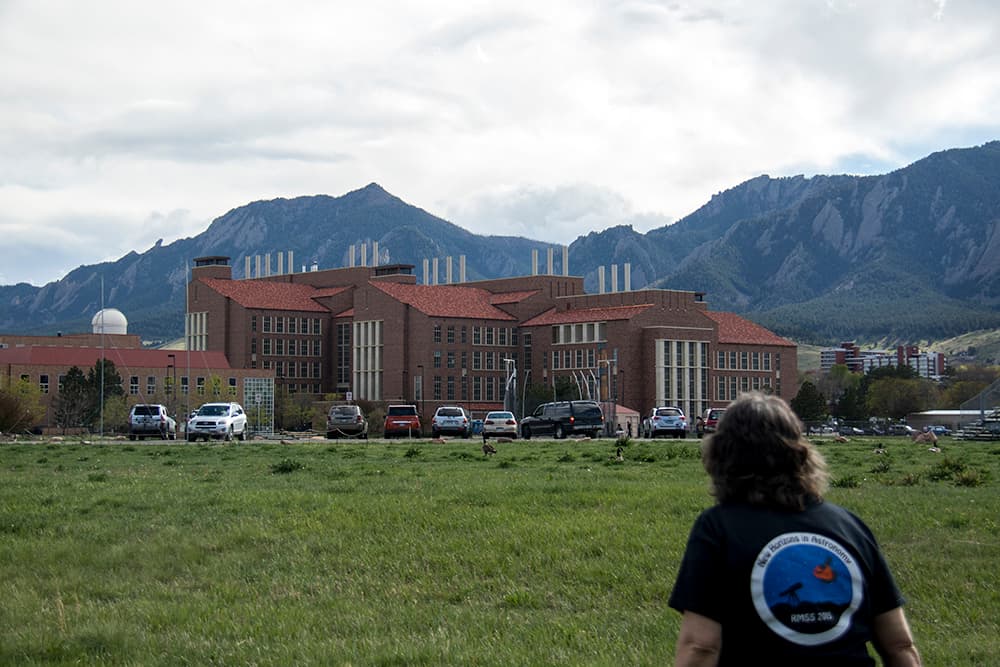
Fran Bagenal's first close glimpse of Jupiter came from a loud, clunky printer in the 1970s, feeding out data from the Voyager mission one line at a time.
Next week, the University of Colorado Boulder professor will see it again as the Juno spacecraft makes another pass above the largest planet in the solar system. It will be yet another milestone in decades of work that have vicariously brought Bagenal to half the planets around the sun and Pluto.
"I happened to be starting grad school as Voyager was being launched," she said. "I was lucky to be in on the ground on this first exploration of the giant planets."
In the decades since her first mission, CU Boulder has built or designed instruments that have visited every planet in the solar system. Today, Voyager 1 is in interstellar space, while Voyager 2 is passing the edge of the solar system — and Juno is braving Jupiter's deadly radiation field to return volumes of information that Bagenal could hardly have imagined 40 years ago.
"Now we see multidimensional data. We see color plots. We can zoom in, we can zoom out, we can stretch. We can do a 3D fly-through that we really couldn’t dream of when we were just standing next to a teleprinter," she said.
As Juno hurdles again past Jupiter, she'll be watching for the phenomenon she's studied throughout her career: the aurora, similar to the spectacle that puts curtains of green light high above Earth.
"We think we understand the Earth. We think, we have to understand how aurorae are produced," she said. "But it’s not until you have to explain the same sort of thing in a different place that you really understand it."

Jupiter's aurora is created by an incredible combination of elements.
First, sulfur and oxygen escape from the volcanoes of the moon Io. Then those escaped atoms are ionized by solar radiation and the resulting ions and electrons are trapped in Jupiter's enormous magnetic field, which is so large that it would be five times larger than our moon as seen from Earth, except that it's invisible to our eyes.
So, the trapped particles then are accelerated to high energies in the magnetic field and eventually are "beamed into Jupiter's atmosphere, exciting the atmospheric gasses," producing the ultraviolet glow that hangs persistently over the planet's pole.
Whew.

"We’re trying to put it in context with what’s been observed before, so we’ll be able to see how much has changed since Voyager and Galileo," said Bagenal, one of more than 70 scientists and some 1,500 people who will work on Juno over its seven-year mission.
Bagenal started watching Earth's magnetic storms as an undergraduate at England's Lancaster University. Amazingly, the projects Bagenal worked on at the beginning of her career remain relevant today. For one thing, her team has re-analyzed data from early passes of Jupiter, translating ancient FORTRAN computer code to modern programming and applying our latest understanding of physics.
"This is a 35-year-old data set, and we've had to re-invent and remember how the instruments work, and how to deal with very old programs," she said.

Eventually, this work could tell us more about distant planets.
Atmospheric bombardment produces not just light but also "signatures" in the form of radio emissions.
If we detect radio emissions from other planets, "it will tell us about their magnetic fields and the particles trapped there," Bagenal wrote in an email.
Back home on Earth, her team does its work on CU-Boulder's East Campus, in a building with a dome and towering radio antennae.
"We don't use the radio antenna, but it looks kind of cool," she said. Her section of campus, complete with classified areas and clean rooms, is where instruments and even spacecraft are built.

Her work on campus isn't just about distant planets. It's about helping students who may never enter the sciences to better understand space.
"I’ve been teaching introductory astronomy, planetary science for 27 years. You have to explain to people how the scale works," she said.
Her favorite method: scale models with the sun as a grapefruit, Jupiter as a plum and the earth as a grain of rice or lentil. And, even now, she allows herself to imagine leaving this little lentil.
"You’d have to hold your nose, because of all that sulfur dioxide," she said, "but I’d love to explore the volcanoes of Io."












